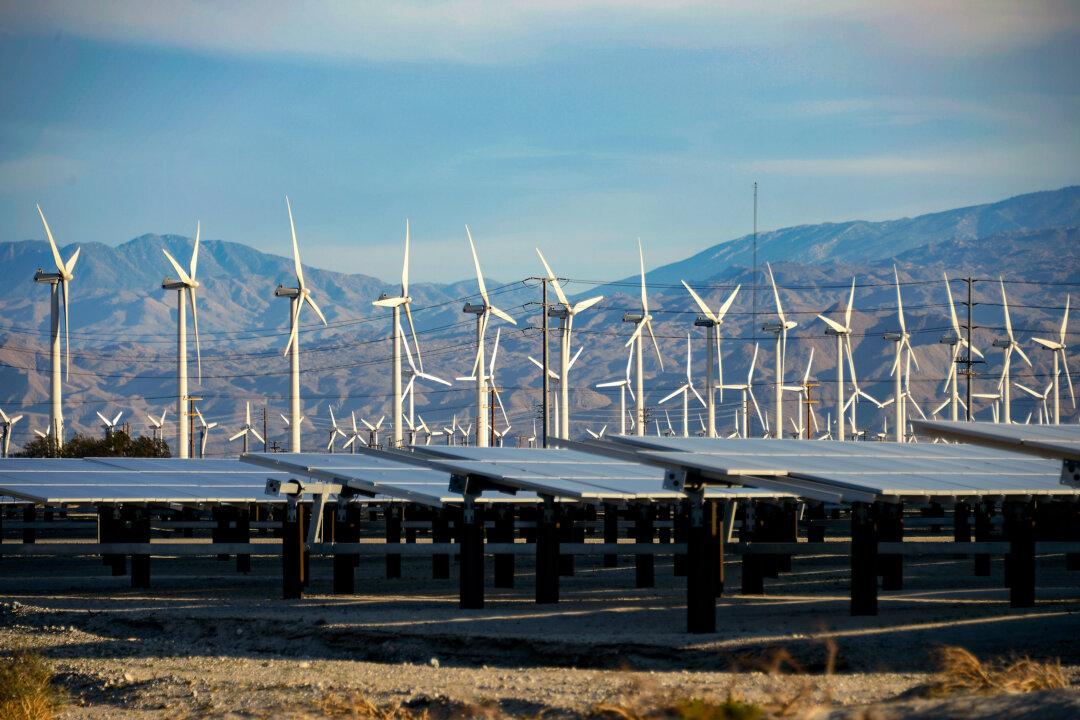The push to find alternatives to China-based sources of silicon has gathered force in recent months both in the United States and in the European Union (EU). Widespread concern about the humanitarian and geopolitical implications of doing business with Chinese state-controlled exporters has fueled a backlash and a campaign to re-shore solar panel production.
Energy importers in Western nations understandably would rather rely on supply chains independent of China, with the regime in Beijing formally found guilty of genocide against the Uyghur minority in the Xinjiang region and exposed for harvesting organs from Falun Gong practitioners, and with concerns about the suppression of free speech, economic coercion, mismanagement of the economy, aggression in the South China Sea, and a possible invasion of Taiwan.





